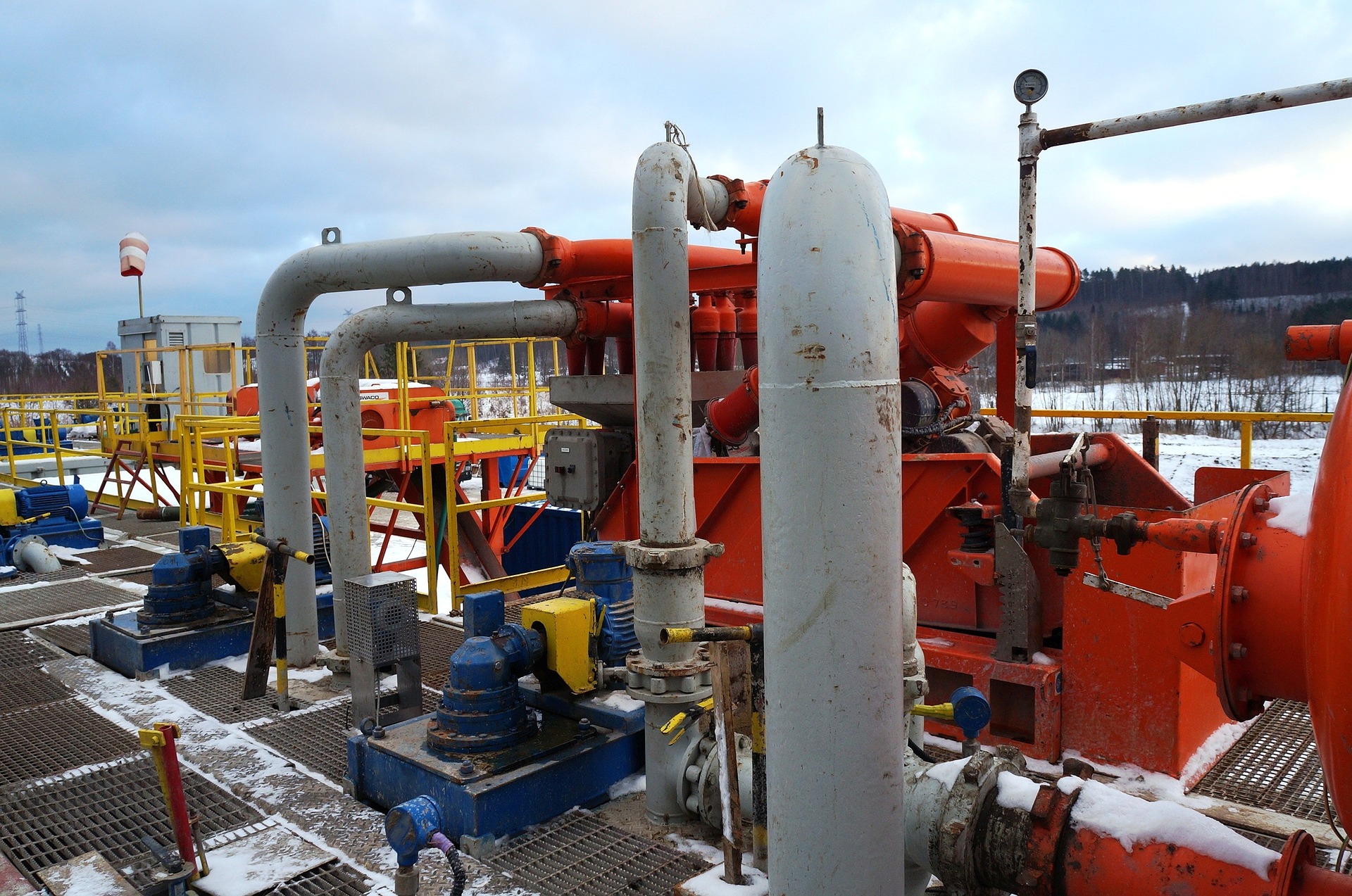All About Oil Field Equipment and Pipeline Equipment: Trick Insights and Important Info
Oil field equipment and pipeline systems play a pivotal function in the oil and gas market. They are essential for the effective extraction and transportation of hydrocarbons. Secret parts, such as drilling rigs and storage containers, directly influence functional success. Developments in innovation pledge to improve security and effectiveness. Understanding these aspects is important for anyone associated with or interested in this intricate market, as it establishes the stage for much deeper exploration of market techniques.

Introduction of Oil Field Equipment
As the demand for oil proceeds to grow, recognizing the equipment made use of in oil areas comes to be progressively vital. Oil field equipment encompasses a variety of equipment and devices essential for exploration, extraction, and handling. Trick elements consist of piercing rigs, which are critical for getting to oil tanks, and production equipment, such as separators and pumps, that assist in the removal process. Superior Oilfield Rentals oilfield. Additionally, tank play a considerable duty in holding unrefined oil prior to transport. Safety tools, consisting of blowout preventers and stress evaluates, ensures functional security and performance. Each tool features cohesively to maximize production and keep effective process. Experience with this devices is necessary for specialists in the sector to assure successful operations and adherence to safety requirements
Types of Drilling Rigs and Their Applications
Drilling rigs work as the foundation of oil removal operations, with numerous types created for certain geological conditions and functional demands. One of the most usual kinds consist of rotary exploration rigs, which use a revolving drill little bit to pass through the earth, and wire device rigs, known for their percussion exploration technique. For overseas operations, jack-up rigs and semi-submersible rigs offer security and support in marine environments. Additionally, directional drilling rigs allow drivers to drill at angles, reaching deposits that are not vertically accessible. Each gear type has one-of-a-kind advantages, optimizing efficiency and security based on the drilling setting. Selecting the ideal rig is necessary for making best use of resource extraction while lessening environmental impact and operational prices.

Necessary Pipeline Equipment and Their Features
Pipeline framework is essential for the transportation of oil and gas from removal sites to processing facilities and end-users. Numerous important tools components facilitate this procedure. Pipelines themselves act as the key channels, made to endure high pressure and harsh compounds. Pump stations are important for maintaining flow by increasing pressure along the pipeline. Shutoffs play an essential duty in regulating flow and isolating sections for upkeep. Furthermore, fittings and adapters assure secure joints in between pipe sections. Monitoring systems, including hop over to these guys flow meters and pressure sensors, are crucial for finding leakages and maximizing circulation prices. Pigging devices is utilized for upkeep and cleansing, securing pipeline integrity and effectiveness. With each other, these components develop the foundation of a reliable pipeline system.
Innovations and Technologies in Oil and Gas Equipment

Security and Upkeep Practices in the Oil Market
While the oil sector has actually made considerable strides in technology and efficiency, the importance of robust security and upkeep practices can not be overstated. Reliable safety and security procedures are necessary to safeguard employees and the environment, lessening the threat of accidents and spills. Routine assessments and maintenance of tools aid identify prospective problems prior to they escalate, ensuring operational stability. Training programs for employees are essential, stressing the significance of safety recognition and emergency situation feedback procedures. In addition, adherence to market policies and criteria fosters a culture of security. Applying advanced surveillance technologies can even more enhance maintenance techniques, permitting real-time evaluations of tools conditions. Eventually, prioritizing safety and security and upkeep is essential to the sustainability and success of the oil sector.
Regularly Asked Concerns
What Are the Environmental Influences of Oil Field Equipment?
The ecological effects of oil field equipment include environment devastation, water contamination, and air contamination (Superior Rentals fusion machines). In addition, tools breakdown can bring about spills, negatively affecting wildlife and ecosystems, highlighting the need for strict policies and tracking
Just How Is Oil Field Equipment Moved to Remote Locations?
Delivering oil field equipment to remote places typically entails customized cars, helicopters, or barges. Logistics firms coordinate paths, guaranteeing equipment arrives securely and efficiently, thinking about surface and availability to reduce hold-ups and optimize performance.
What Regulative Criteria Govern Oil Field Equipment?
Regulative standards regulating oil field equipment largely include security, environmental management, and operational effectiveness standards. Agencies such as OSHA and EPA apply these guidelines to ensure secure techniques and decrease ecological impact in oil removal procedures.
What Skills Are Needed to Run Oil Field Equipment?

Just How Do Oil Rates Impact Equipment Need and Usage?
Oil costs greatly affect tools demand and use. Greater rates generally result in enhanced expedition and production tasks, driving need for equipment. Alternatively, reduced prices might cause lowered procedures and reduced demand for tools.